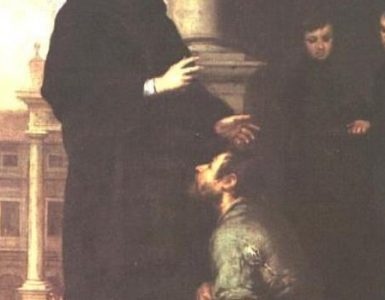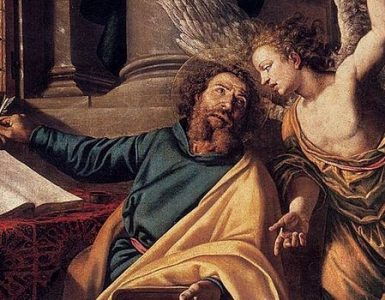In a small cemetery next to a Catholic church in Rockville, MD, a bustling suburb of Washington, DC, the headstone on one grave bears the names Francis Scott Key Fitzgerald and Zelda Sayre. Here is the final resting place of novelist F. Scott Fitzgerald and his wife.
It seems there was a bit of a fuss years ago about having these two in a Catholic cemetery since Fitzgerald, though raised a Catholic, had not practiced the faith while leading a famously disorderly life. The issue was settled by Cardinal William Baum, Archbishop of Washington at the time, who gave his approval and said of the novelist that his characters are “involved in this great drama, seeking God and seeking grace.”
Although that undoubtedly was a lovely tribute, it’s a stretch to see how it applies to Fitzgerald’s best-known novel, The Great Gatsby. The book was first published in 1925, and it is worth reflecting on it as its hundredth anniversary approaches.
Writing in The Paris Review, critic Wesley Morris remarks on “the brutal awfulness of nearly every person” in the story with the exception of the title character. The intricately imagined plot focuses on Jay Gatsby’s doomed pursuit of Daisy Buchanan, a supremely self-centered high society beauty with whom Gatsby falls forever in love before going overseas as a young second lieutenant in World War I.
Returning after the war, Gatsby finds her married to a wealthy lout named Tom Buchanan. He thereupon acquires wealth himself (apparently by bootlegging—this was the era of Prohibition, after all) and sets out after Daisy, whom he traces to the Buchanan estate on Long Island. And there the tragic story plays itself out amid the mansions of the rich.
Except for narrator Nick Carraway, a classmate of Buchanan at Yale, the only decent individual in the story is Gatsby, whom Fitzgerald presents as an innocent at sea in an ocean of venality.
This is required by the story’s moral lesson. For, strange to say, The Great Gatsby is above all a morality tale, dramatized in the contrast between the basic goodness of Gatsby and the cold self-seeking of the Buchanans—and also of the parasitic bottom feeders who, invited or not, throng Gatsby’s lavish parties (which he himself shuns) while drinking his illegal liquor and gossiping about him.
But there also is something more here. For the moral of this morality tale lies ultimately in the tension between the innocence of the American West, which turns out to be the site of Gatsby’s humble origins, and the soulless cynicism of the East Coast, as embodied in the heartless Buchanans and especially in beautiful Daisy.
F. Scott Fitzgerald died in 1940 at the age of 44. Zelda died in 1948 at 47, having perished in a fire in an institution for the mentally ill where she had lived for many years. Their burial in the St. Mary’s Church cemetery reflects the fact that Fitzgeralds of earlier times had farmed the nearby fields—far distant from the city back then—and Scott expressed a wish to be buried near his ancestors.
At story’s end Carraway reflects that, although Gatsby was a great believer in the future, this was a mistake, for his future was “already behind him” when he died. The Great Gatsby then closes with a now-famous quote that also appears on Scott and Zelda’s grave: “So we beat on, boats against the current, borne ceaselessly into the past.”
May God grant rest to the souls of both.
Photo by Girl with red hat on Unsplash










